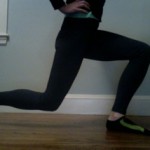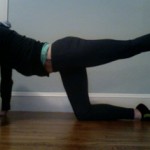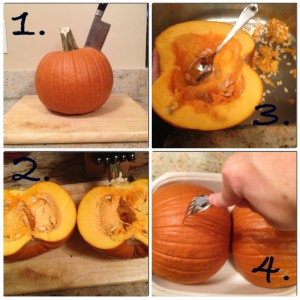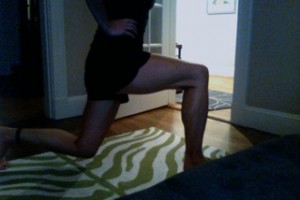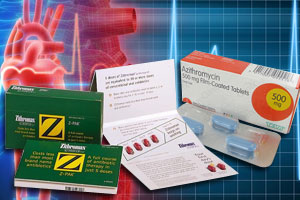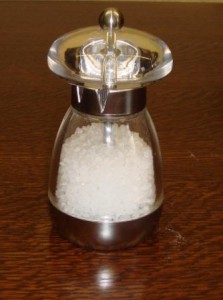The garlic scape is a vegetable that not a lot of people seem to know about…but those of us who do, we buy them up as soon as we see them, and gobble them up just as fast! They are very unique little veggies, not only because of their shape and flavor, but because of the amazing nutritional value and their versatility too!
Garlic scapes are the curly, green, and quite odd-shaped stems that grow out of garlic bulbs to start flowering. Most farmers tend to cut them off to allow the bulbs to grow larger, and those stems are quite tasty! What do they taste like? Think a milder garlic flavor mixed with the consistency (not flavor) of asparagus. You can eat them raw (add a chopped scape to a salad for a different flavor), sautéed, grilled, or make them into a pesto. (We made a pesto the other night that really knocked the families socks off…so you can always blanch the scapes before making into a pesto to make it a little less intense!)
Garlic Scape Pesto: 1/2c grated parmesan cheese 1/2 lemon juiced 1/2lb garlic scapes (chopped to break them up) drizzle Extra Virgin Olive Oil (EVOO) Combine all in a food processor, drizzle in EVOO to get the perfect consistency (like a regular pesto). And you’re done! Enjoy what you want, and freeze the rest for up to a month.Why are they so great?
Garlic scapes have many of the same benefits of regular garlic, and are full of antioxidants that help to decrease inflammation, which can help to prevent high blood pressure (which leads to heart disease), and high cholesterol. Antioxidants are also claimed to help prevent cancer cells from forming, so they have that going for them too. They also have pretty high levels of vitamin C, calcium, fiber, and at only 30 calories per serving, that’s one powerful punch of nutrition!
Where can I find them?
if you belong to a CSA (Community Sustained Agriculture) and get boxes of local veggies, you might see these guys pop up every now and again for about a month (right now is high season, or you can find them at farmer’s markets, and basically anywhere that sells local farm fresh foods. On occasion, a larger store, like Whole Foods will have them, but not likely for long because they are bought up quickly. They can stay in your fridge for about a few weeks and still stay fresh, but if you love them, and just want a break for a bit during the one month they are usually available, you can freeze them and thaw them out when you are ready to get your scape on!
Go find some, give them a try, and let me know what you think!
Yours in Good Health
B





